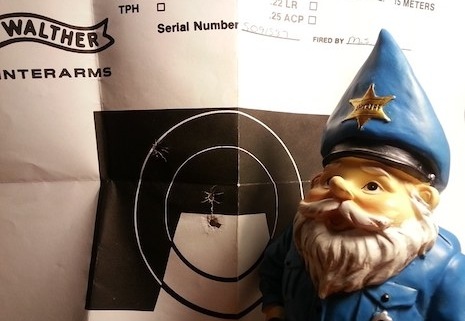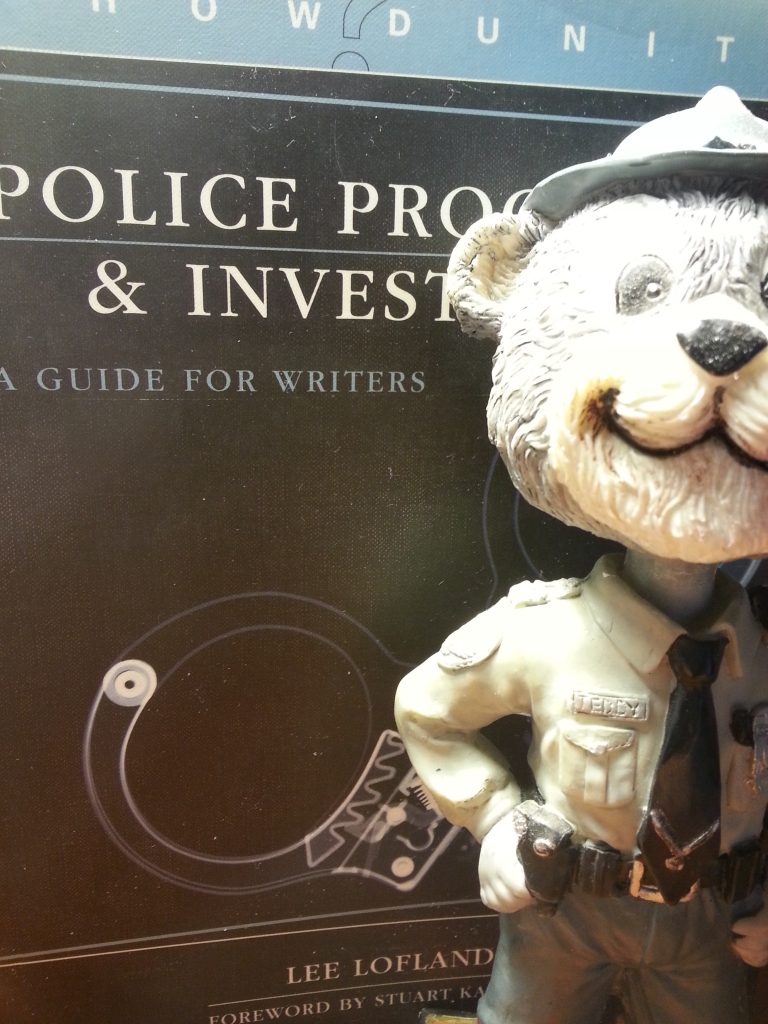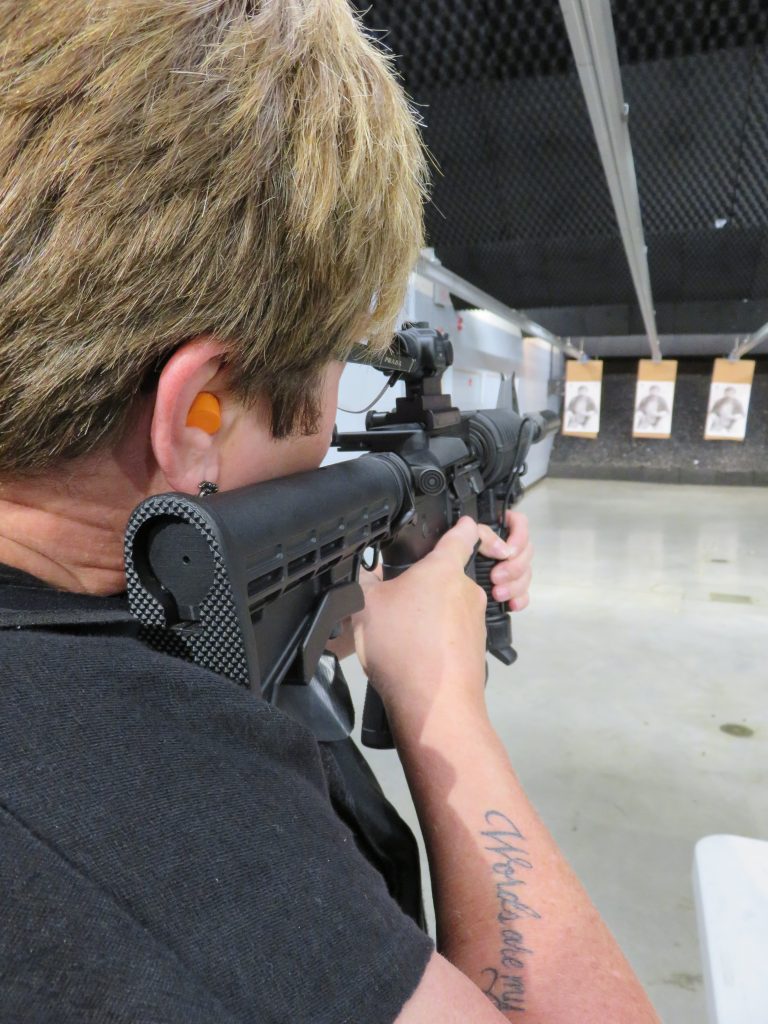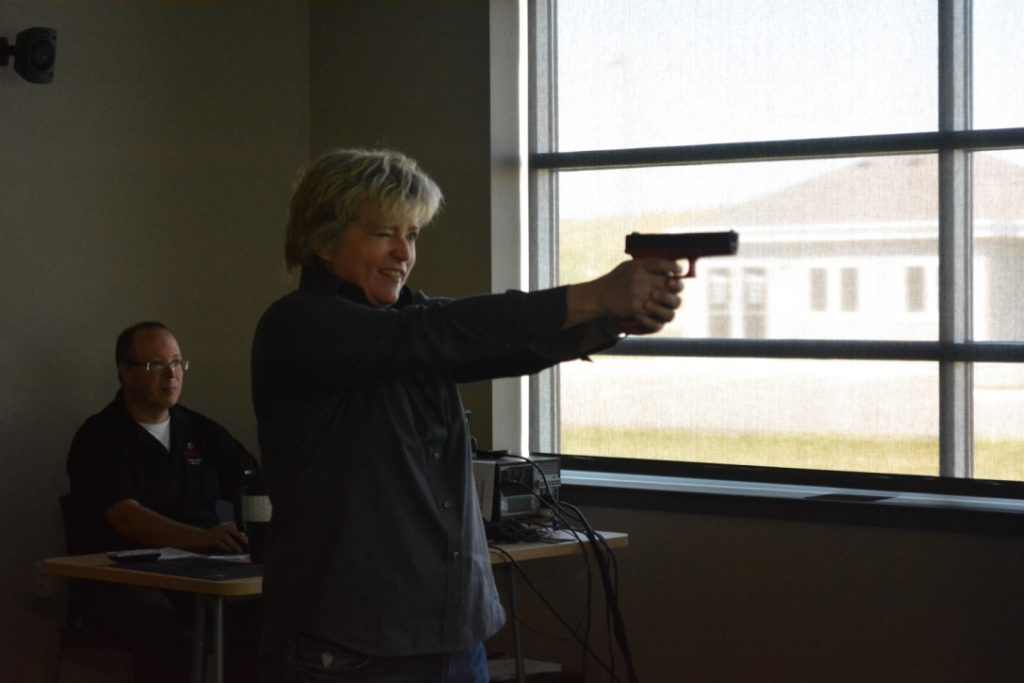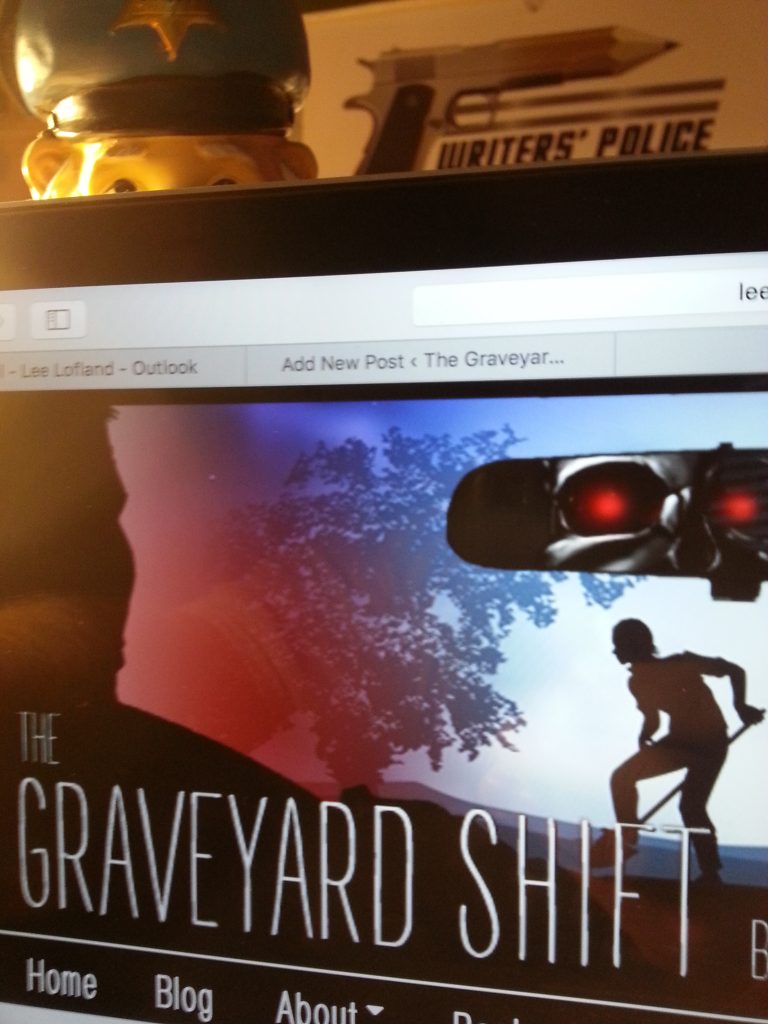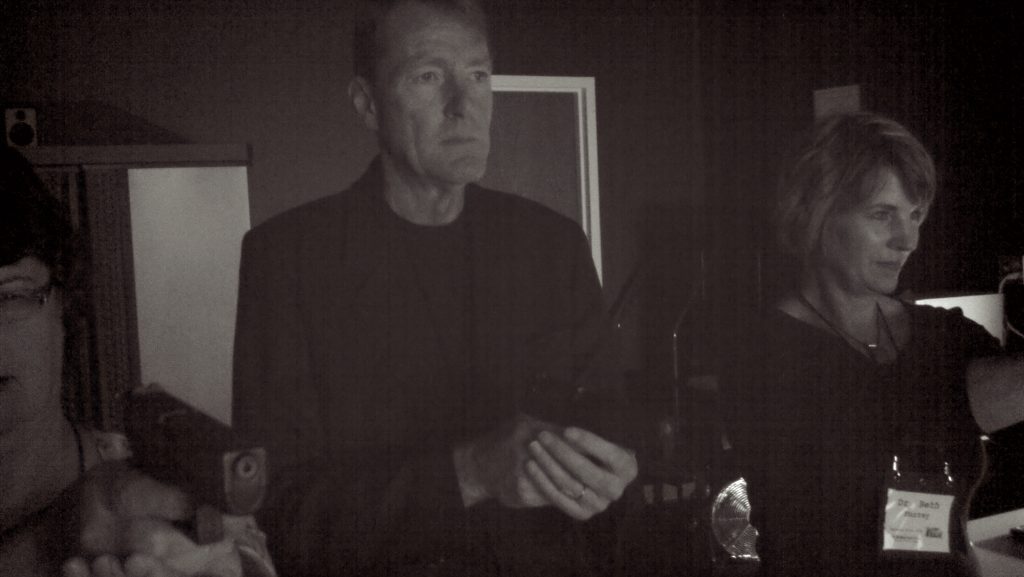You. Will. Survive. Three of the most important words I heard during my entire time attending the basic police academy.
Several years later it was I who was drilling the phrase into the minds of hundreds of recruits. After all, thoughts of my survival speech, and many others like it in academies across the country, could be the catalyst that gives the much-needed shove after an officer is badly wounded and is teetering between giving up and pushing on to live another day. Indeed, three very important words to remember.
You. Will. Survive.
Sure, rookies know it all, or think they do. They’re fresh out of a lengthy and grueling training period that prepares them for whatever could come their way. Well, almost everything. The world still toss out surprises.
But there they are, shiny faces and short hair. Ill-fitting uniforms and new scratch-free equipment on their brand new duty belts that still smell of freshly-dyed leather and oil. New information fills their brains (“Do this. Don’t do that. Watch this and look for that.”).
The’ve just completed Hell Week (defensive tactics where pain rules the day) so arrest techniques are fresh in their minds. Their shooting and driving skills are sharp. They are nothing short of walking, talking, hyper-vigilant cop machines who can run fives miles while drinking protein shakes, cleaning their sidearms, and reciting Black’s Law Dictionary in reverse order, from ZZZZ BEST to A FORTIORI.
The point is, rookies are probably far more alert than the officer who’s been on the job for several years.
Why is it that more experienced officers have a strong tendency to become—here it comes, the dreaded “C” word—complacent?
Well, like other professions, doing the same thing over and over and over again becomes a bit tiresome, especially when that same-old, same-old involves the same two people time and time again (“He hit me.” “No, he hit ME!”). Unfortunately, it’s often the 300th time you respond to Junior, Jr.’s trailer out on Route 5 that he decides to shoot a cop. It could be the meth or the Jack talking, but dead is dead. There “ain’t” no coming back from that mistake.
Complacency kills cops!
So remain alert, even after you’ve been on the job for 30 years. Charm and your good looks will only get you so far. Not everyone thinks it’s adorable that your spare tire loops over your gun belt in several places.
Watch the Hands!
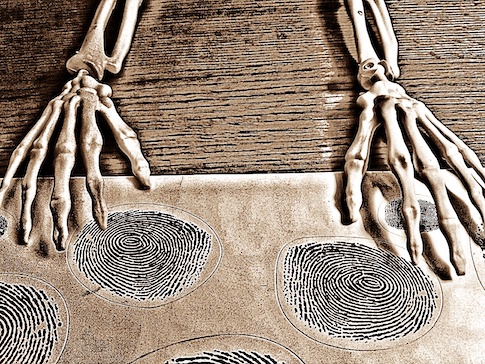
Always watch the hands!
Sure, the eyes are sometimes telling and they telegraph intentions, but it’s the hands that kill, not the eyes. Watch the hands. If you cannot see them then it is imperative that officers consider the person to be armed.
Clues
A suspect’s actions and even clothing are often strong indicators of their intentions. I know, the “action” part is self-explanatory, but how could a person’s dress be an indication of future intent to commit a crime, or to assault an officer? Picture a man wearing a long coat in the middle of August, in Atlanta. That’s an indicator that the man, or woman, could be armed and are using the coat to hide the weapon. Or, suppose a person refuses to show his hands? He may not be armed but there’s no way an officer could know until the hands are seen.
So far, in 2020, 157 officers have lost their lives in the line of duty. 29 of those deaths were caused by gunfire. Of those shooting deaths, if the past is any indication, there’s a strong possibility that at least some, if not most of the officers didn’t have their weapons unholstered at the time they were shot. Those who didn’t have their weapons drawn were most likely approaching a house, a suspect, or a vehicle to make initial contact. Remember complacency? Happens to the best of us.
COVID
By the way, a new killer arrived in 2020—COVID—that, as of this writing, has claimed the lives of 80 law enforcement officers who likely contracted the disease during the performance of their officials duties, while contacting members of the public.
Never relax too soon!
When is the time to relax and let down your guard? Easy answer. When the call is complete and you’re safely away from the scene.
Time
There’s an old saying that goes something like this (I apologize if the wording is off), “Waiting buys time. Distance buys time. Time buys survival.” I’m not sure where or when I first heard the phrase, but it’s stuck with me for many years, and I imagine the words, as sparse as they are, saved my rear end a few times over the years.
So …
- Call for backup. And then wait for them to arrive before proceeding!
- Never rush into a scene. Assess it first. Be certain it’s safe to enter.
- Until backup arrives, if possible, it’s imperative that the officer maintain a safe distance from a suspect (I know, this is not always possible). Remember, you cannot be stabbed from a distance and chances are the bad guy couldn’t hit the broad side of a barn when firing a gun (however, he might be an expert), so keeping your distance and finding cover are vital.
- Maintain focus. Thinking about your kids ballet recital is nice, but save those tutu thoughts for after the shootout. FOCUS!
- Keep your back to the wall! By this I mean to never allow anyone to move out of your sight, especially behind you.

- When conducting traffic stops at night focus the beam of your spotlight on the target vehicles driver’s side mirror and your takedown lights switched on to cause a bright glare in their rearview mirror. This prevents the driver and passengers from seeing movement to their rear.. If alone, circle behind the patrol car and approach the suspect vehicle on the passenger’s side. Doing so gives the advantage of surprise because the driver is typically watching to see the officer in his side mirror and then at his window. This slight advantage allows the officer time to see what, if anything, the driver is holding, hiding, reaching for, etc. Passing behind her patrol car also prevents the officer from becoming illuminated by headlights, making her an easy target should someone in the car have bad intentions.
- Political correctness. I’m sorry but a citizen’s inconvenience is not as important as the lives of people, including that of the officer. Sure, it’s irritating to be the subject of a traffic stop and to have the officer ask that you keep your hands where he can see them, but it’s more important to the officer that they live another day. He/she doesn’t know you or your intentions. And you don’t know that the officer received a BOLO (Be On the Lookout) for a car description matching yours, telling him it was involved in an armed robbery of the Piggly Wiggly in your neighborhood, the reason he stopped you.
Think about that for a moment. The officer stopped a car, believing the driver was armed and wasn’t afraid to use his gun. He stopped that driver fully aware that he was placing himself in danger to protect the lives of others, yet the driver complains because the officer asked to see his hands.
Keep in mind that it was political correctness that contributed to the shooting deaths of five Dallas officers and the wounding of nine others. The shootings occurred during a protest where officers were ordered to not wear protective gear because some people thought it appeared too scary and militaristic. So those lives were taken and the others affected for the rest of their time on this earth because leaders didn’t want to offend someone. The lives of the officers obviously meant nothing to politicians. So no, officers are not keen on political correctness when it compromises their well-being and the safety of citizens, and the very people handing down these stupid orders.
To sum up, officers should remain alert, take nothing for granted, assume nothing, trust no strangers (and some friends), watch everyones’ hands, stand with their backs to a wall, any wall, all while calling for backup, unholstering their weapons when necessary, clearing their minds of everything other than the scene before them, running toward gunfire to save the lives of others, and remembering that …
You. Will. Survive!
*To learn more about officer survival click the highlighted link above (You. Will. Survive.).


